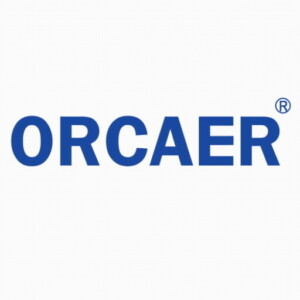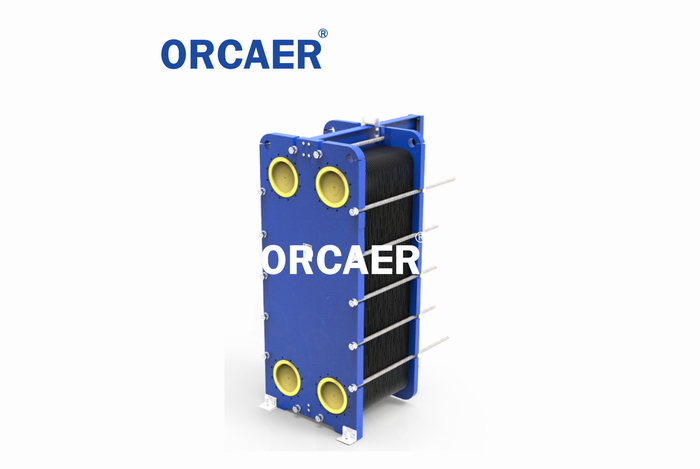Tunnel Boring Machine Heat Exchanger
Orcaer has a range of cooling solutions for tunnel boring machine(TBM) ,Our plate gasket heat exchanger ,brazed heat exchanger ,hydraulic oil cooler applications in (TBM).Our engineer have much experience, working 10 years along with manufacturers of tunnel boring machine( TBM)
Orcaer was selected to provide heat exchanger for variator installed in TBM drive,The tunnel boring machine digs the rock, the power of wheels modulated by speed controllers which are cooled by orcaer ‘s exchanger
A tunnel boring machine (TBM) is an important large-scale engineering machine, which is widely applied in tunnel construction. Precise cutterhead torque prediction plays an essential role in the cost estimation of energy consumption and safety operation in the tunneling process, since it directly influences the adaptable adjustment of excavation parameters. Complicated and variable geological conditions, leading to operational and status parameters of the TBM, usually exhibit some spatio-temporally varying characteristic, which poses a serious challenge to conventional data-based methods for dynamic cutterhead torque prediction. In this study, a novel hybrid transfer learning framework, namely TRLS-SVR, is proposed to transfer knowledge from a historical dataset that may contain multiple working patterns and alleviate fresh data noise interference when addressing dynamic cutterhead torque prediction issues. Compared with conventional data-driven algorithms, TRLS-SVR considers long-ago historical data, and can effectively extract and leverage the public latent knowledge that is implied in historical datasets for current prediction. A collection of in situ TBM operation data from a tunnel project located in China is utilized to evaluate the performance of the proposed framework.
Thermal utilisation of the areas
The tunnel walls are usually made of concrete, allowing thermal activation of the walls by insertion of absorber pipes and utilisation for heat exchange. This is achieved by integration of pipelines in the fresh concrete. A heat transfer medium flowing through the pipelines later makes it possible, for example, to remove heat from the structure in winter and use it for local heating, and to direct waste heat to the cooler tunnel structure in summer. Tunnel constructions that tend to get overheated (such as underground railway tunnels) can moreover be cooled by temperature control of the construction.


